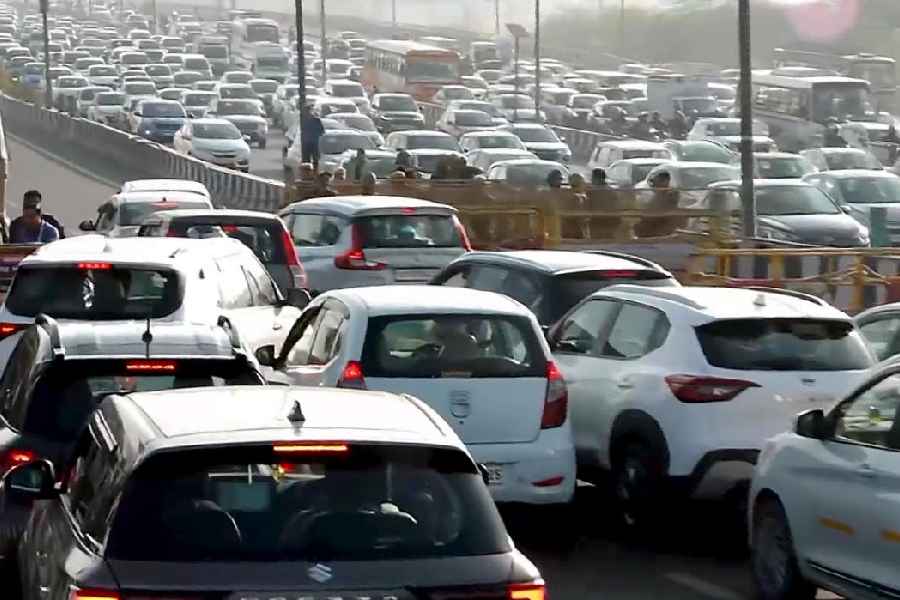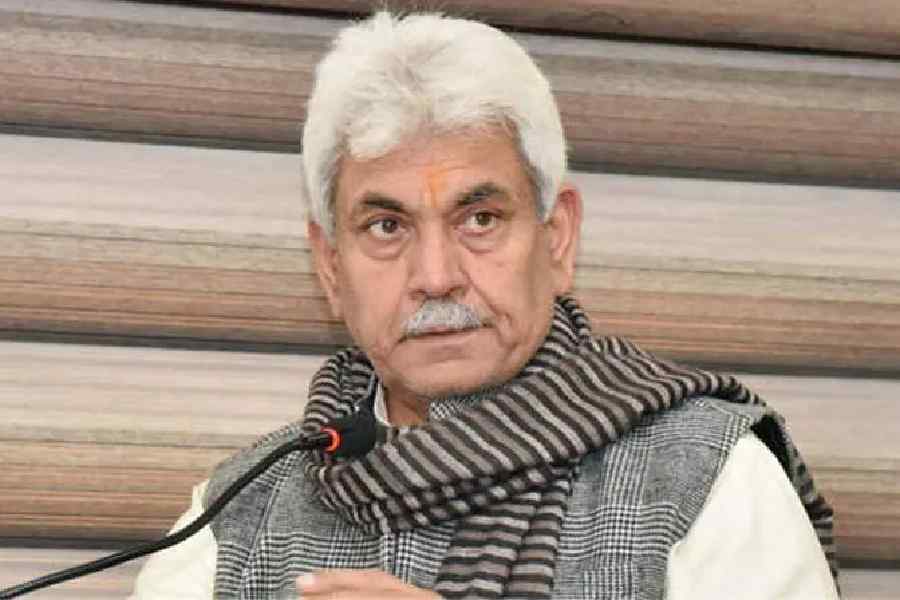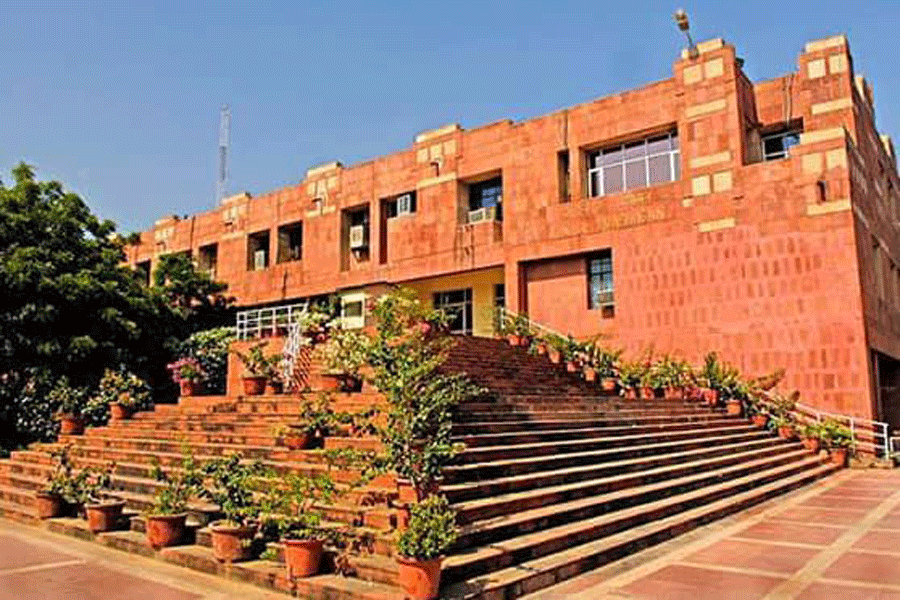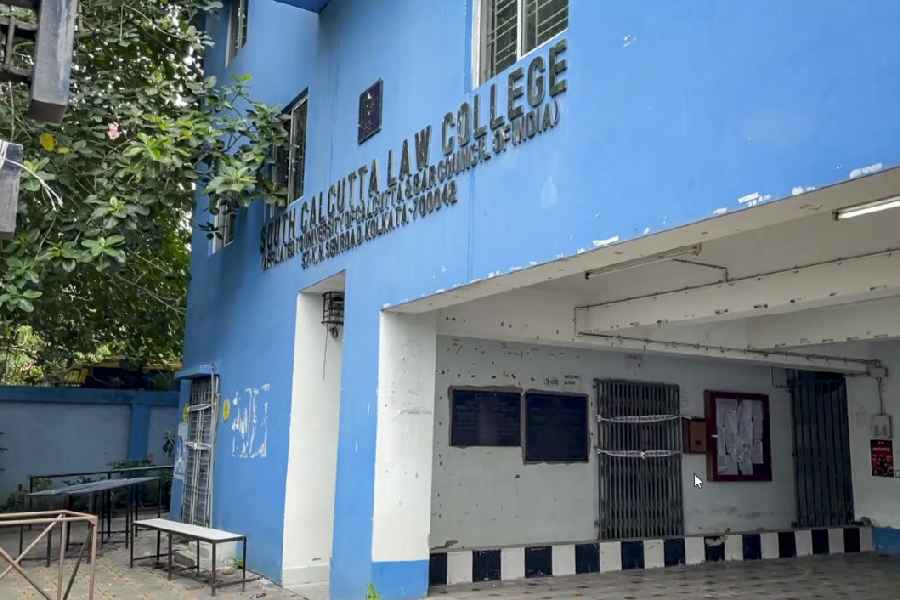 |
Houston, the world’s energy capital, is used to thinking big. Now Houston has met its match in India. When Ashok Misra, professor and director of the Indian Institute of Technology, Bombay visited Rice University in May last year, he proposed to the Houston institution that ranks among United States of America’s top centres of learning and research along with Ivy League colleges, MIT and Stanford, that it should engage with India’s IITs as a whole.
Rice, like the rest of Houston, thinks big too, but those running the university found this offer a bit more than they could chew. So its academics settled for collaboration with a single IIT and chose the one in Mumbai. Eight months after Misra’s journey to Houston, David Leebron, president of Rice University, travelled to Mumbai to attend the golden jubilee celebrations of IIT-B and signed a memorandum of understanding for joint research and student exchange as part of Rice’s second-century objective of growing as an international university.
Walk into Chevron’s towering offices on the downtown Houston street called Louisiana and employees there will start talking to a visiting Indian about the American oil giant’s work with Reliance in building the world’s largest refinery in Gujarat’s Jamnagar. Travel a bit out of Houston to Port Arthur, where Shell Oil and Saudi Aramco are building the largest refinery in North America, and executives at Motiva — as the joint refining facility is called — are incredulous that India will soon be home to the largest single-site refinery complex in the world with a capacity of 1.23 million barrels per day.
Such mega ventures and deals, until recently were Houston’s claim to fame. There is an element of surprise in the US’s fourth largest city that those boots — to use a popular Texan cowboy imagery — now fit emerging India too.
Part of Houston’s success in attracting and retaining 27 Fortune 500 companies to base their headquarters there has been its ability to spot opportunity and adapt to change. It is not surprising, therefore, to discover that there is more going on between India and Houston than any other American city since the Indo-US relationship began its upward spiral in the new millennium, opening up new horizons for both countries.
At the popular level, the big excitement in Houston last week, when this columnist was visiting, was that newly-minted Padma Bhushan Sunita Williams was in town to train at the Johnson Space Center for her next space mission. At a mundane, yet significantly more important level, Mahindras are a household name in Tomball, a small town of 10,000 people northwest of Houston. This “global leader in affordable, high-quality farm equipment” — as one Texas politician put it — chose the Houston area as its US headquarters, providing jobs to Americans across the country through two tractor assembly plants and countrywide dealerships at a time when employment is leaving stateside for Mexico, China and other places.
There is considerable excitement in Houston following an announcement in San Francisco last month that Mahindra’s light pick-up trucks would be assembled in the US by 2009 and that hybrid vehicles from the Indian automaker would be available there by 2010. There are two elements in the US’s response to the Mahindra drive to consolidate and deepen its involvement in the US. First, China is planning to sell its passengers cars in the US soon and those Americans who view the overarching Chinese economic presence in their country with trepidation hope that emerging India will eventually counter China’s penetration of the US market. Second, the US’s automobile industry is in deep trouble and, after the Tata Nano sensation worldwide, there is faint hope among some Americans that maybe Indian automakers — who are boldly bidding for Jaguar and Land Rover, would be the ones to rescue and revive their vehicle industry, integral to the American dream.
Baytown, 48 kilometres west of downtown Houston, is home to Jindal United Steel Corporation, which was purchased by the Indian conglomerate in 1997 from the ailing US Steel. It is one of the US’s biggest steel plate mills, strategically picked by the Jindals to serve the needs of the Houston area’s mammoth energy and petrochemicals industry. The association of the Jindals with the Houston area goes back to 1993, when they bought SAW Pipes USA, Inc., also from US Steel, as part of the Indian group’s goal of growing as the largest submerged-arc-welding group in the world.
As an administrative entity, Houston is part of Harris County, the third most populous county in the US. Like everything else in Texas that is larger than life, it covers an area of about 2,880 square km and has more residents than the population of 24 US states. Given the fierce Texan streak of independence, Harris County takes its role as a local body seriously. Its “county judge” — the equivalent of a chief minister if Harris County had been a state in India — delivers a “state of the county” speech every January, much like the US president’s State of the Union ritual to the US Congress.
Ties with India have become so important and promising to Harris County that its chief judge, Ed Emmett, found it appropriate to refer to his forthcoming visit as head of a business outreach mission to Mumbai and Pune in this year’s state of the county speech. Given the web of international contacts that Houston has nurtured with the rest of the world for 160 years from the time it was the capital of the Republic of Texas, it was surprising that India was the only country to figure in Emmett’s speech.
In 2006, the Greater Houston Partnership, a 19-year-old initiative to build regional prosperity in the Houston area, took a similar mission to New Delhi and Mumbai. According to Jeff Moseley, president and CEO of the Partnership, it has now made India “a focus of its international outreach”. In the five years since 2001, trade between India and Houston has risen by 288 per cent from $500 million to $1.9 billion, Moseley said. The Partnership wants to build on such growth towards its 10-year strategic plan of creating six lakh new jobs, attracting new capital worth $60 billion and raising the region’s foreign trade to $225 billion.
For New Delhi, however, the importance of Houston will remain primarily centred on energy, as demand for fuel and power in India grows exponentially, leaving much to be desired by way of a strategic plan to tackle such demand.
An annual visit by India’s petroleum minister to meet the energy majors in Houston has now been taking place for three years in a row, although this year the minister of state, Dinsha Patel, went in place of Murli Deora.
Given the strategic importance of Houston for India in view of the challenges facing the country on energy issues, it is fortuitous that South Block in 2005 posted S.M. Gavai as consul-general there. Gavai was earlier consul-general in Scotland: Aberdeen lives off oil. It was no surprise, therefore, to see that during most of February, the Indian consulate-general in Houston served as the seat of a huge database for the petroleum ministry’s directorate-general of hydrocarbons, which is promoting the latest oil and gas exploration bids in India. Gavai, in turn, has been fortunate to have a hyperactive Indo-American Chamber of Commerce in Houston, which has helped navigate the crossroads of energy and other businesses and develop the vision of vibrant economic relationship with India.










